FEWS NET: Food insecurity ‘atypically elevated’ in Sudan
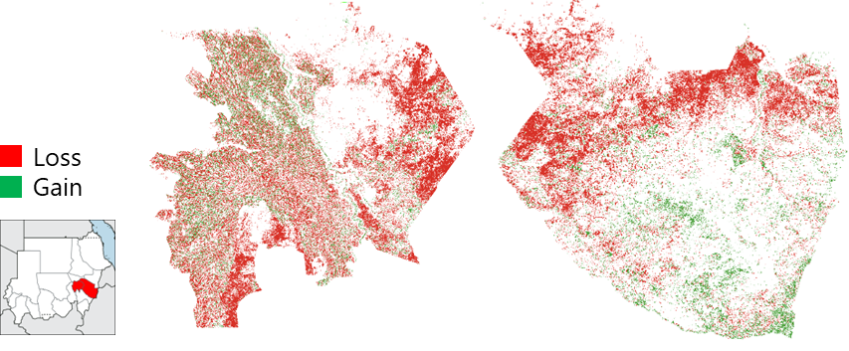
Analysis of changes in cultivated area in El Gezira (left) and El Gedaref (right) as of late November 2023 (Map: NASA Harvest / ASU / FEWS NET / USGS)
From December to January, the harvest season in Sudan, food insecurity outcomes are expected to be “atypically elevated and rising” according to the Famine Early Warning Systems Network (FEWS NET), as the “lean season is expected to start atypically early in most areas.”
Conflict-related reductions in food availability, disruptions to trade flows and prices, decreasing income, and increased displacement are expected from February to May in Sudan, according to the latest FEWS NET Food Security Outlook Update.
The war which broke out on April 15 between the Sudan Armed Forces (SAF) and Rapid Support Forces (RSF) has increased food insecurity, according to the report. “The conflict continues to be characterised by extensive looting of public and private property, including assets and food stocks; widespread damage and destruction of critical infrastructure; disruption of trade flows, markets, and basic services, including delivery of humanitarian aid; and significant displacement.”
At a time when farmers should be harvesting their summer crops, disruption to the cultivation of winter crops is expected to reduce production levels even further, “which were already forecasted to be below average,” reported FEWS NET.
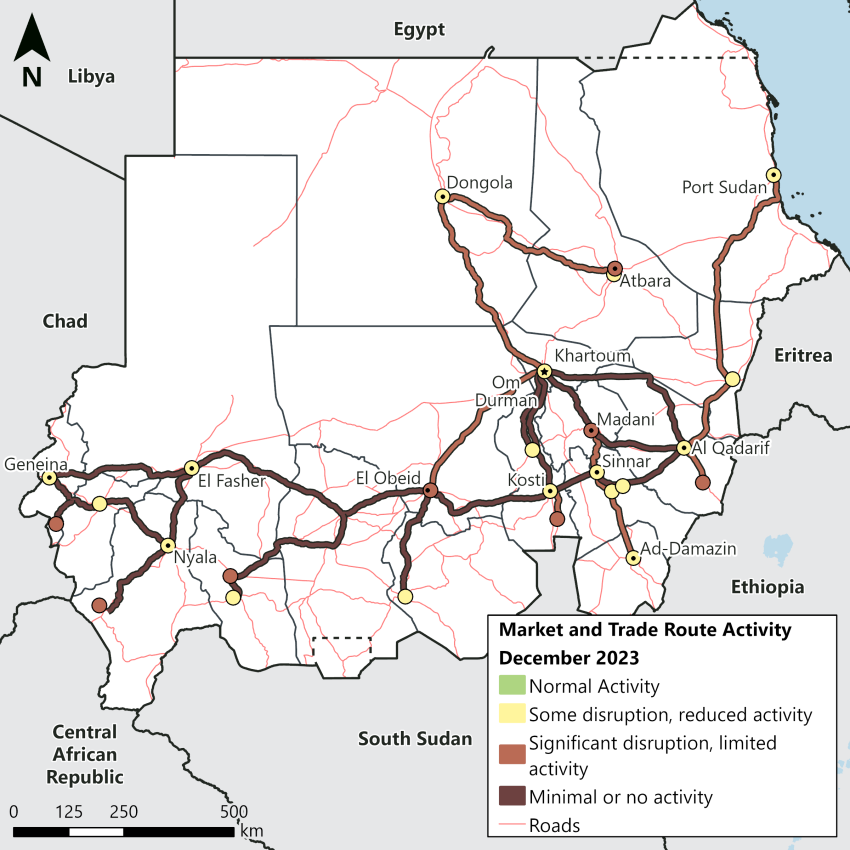
In December, FEWS NET recorded significant disruption and limited, minimal, or no activity across Sudan’s market and trade routes. People in Darfur are witnessing another significant increase in the prices of goods and services, as lorries have great difficulty reaching the western region from markets in eastern, northern, and central Sudan. “This is due to the deterioration of the security situation,” a trader in South Darfur told Radio Dabanga last week.
Decreases in crop production in central and eastern Sudan, the country’s most important region for crop production, is a serious threat to food availability, said FEWS NET. “Direct fighting and bombardment, terrorising of civilians, displacement, and looting are affecting access to farms for harvesting and exacerbating challenges, including shortages of agricultural machinery, extremely high prices of fuel, and scarcity of labour.”
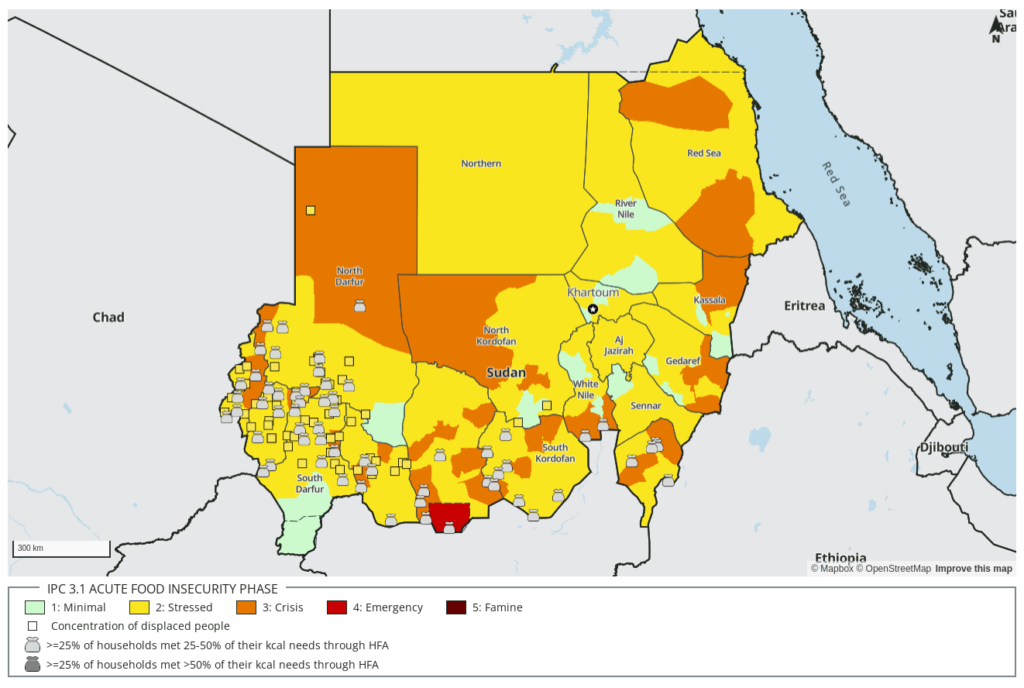
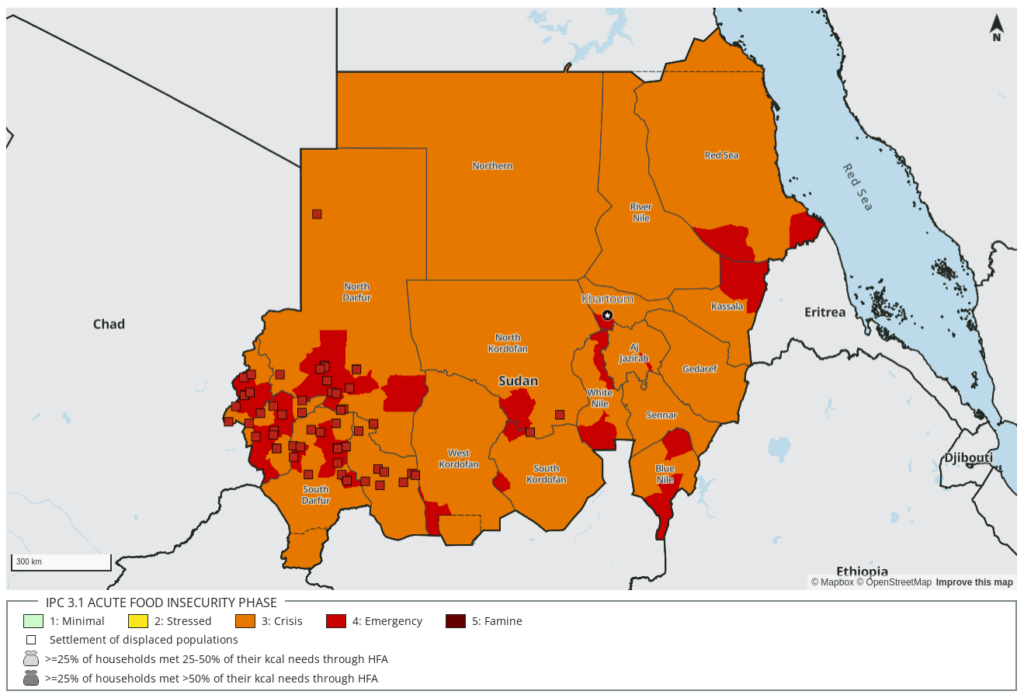
The vital sorghum harvest in White Nile state is under threat as farmers struggle to afford fuel, which is increasingly scarce as a result of the ongoing war in Sudan, and has forced prices to skyrocket more than threefold, Radio Dabanga reported yesterday.
Widespread crisis outcomes are expected across most of the country, with emergency outcomes persisting through May, according to FEWS NET. Kassala and Red Sea state will be affected by poor production amid poor purchasing power and very high prices. The worst affected areas will be Khartoum state, Darfur region, Kordofan region, and parts of El Gezira, Blue Nile state, and White Nile state. According to reports of Sudanese on social media, the extremely dire humanitarian situation in the central and southern parts of Omdurman, in Khartoum state, has led to people starving to death in the past weeks.
FEWS NET also noted that the displaced will be the worst affected. According to the UN Office for the Coordination of Humanitarian Affairs, the war has led to more than 7.2 million people displaced inside and outside of Sudan, and about 19.9 million people exposed to severe food insecurity.
Sudan topped this year’s International Rescue Committee (IRC) watchlist of countries most likely to experience a deteriorating humanitarian crisis. Sudan faces extreme levels of food insecurity, with 17.7 million people – 37 per cent of the population – experiencing crisis hunger levels (IPC 3) or worse. The IRC) has warned that “at crisis levels of food insecurity, families adopt negative coping strategies, like selling their possessions or marrying off their children, to secure enough food to meet their basic needs. At more extreme levels of food insecurity, hunger and starvation are a daily occurrence”.
The UN World Health Organisation warned that month that nearly 18 million people across Sudan are facing acute hunger – more than double the number at the same time a year ago.







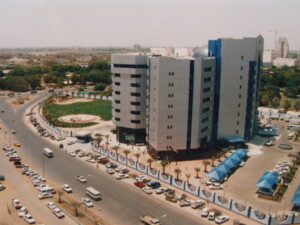
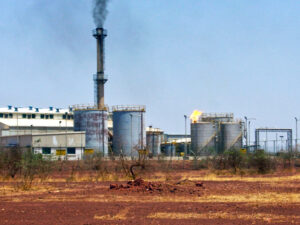


 and then
and then